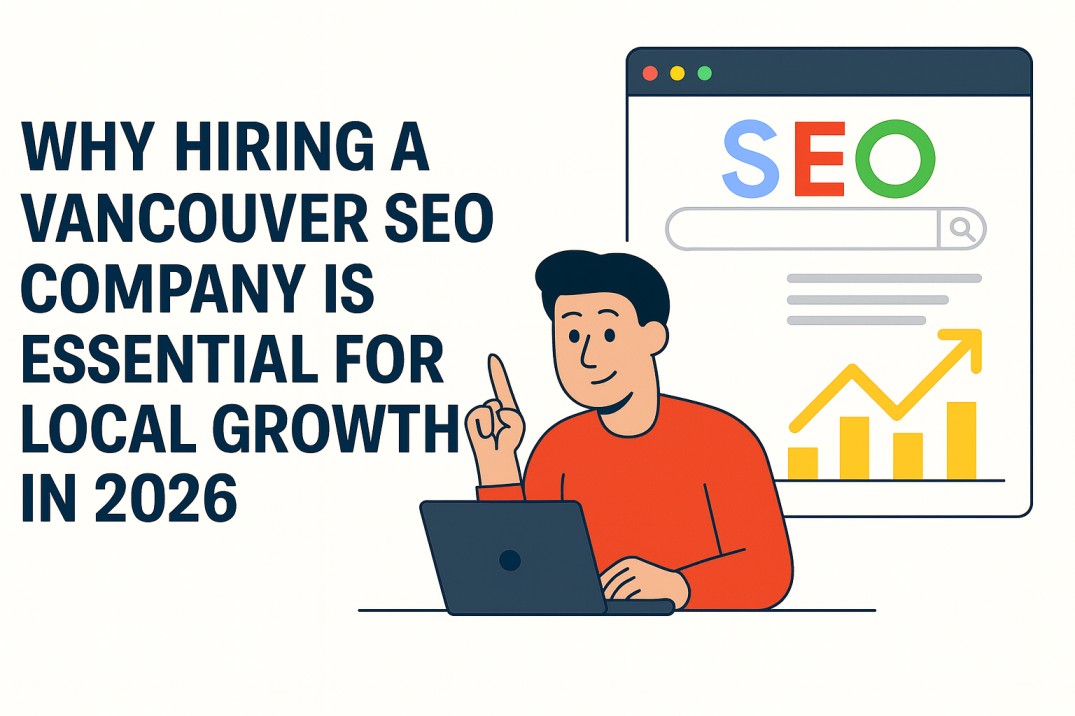Developing a web application can be an exciting yet daunting process, especially when it comes to budgeting. With many factors affecting cost, it’s crucial to understand key elements that influence web app development expenditures. Properly scoping your project and defining requirements early on can go a long way toward creating an accurate budget.
In this article, we’ll break down key considerations for realistically budgeting your next web application project for success.
Defining Project Scope and Requirements
The scale of your web app hugely impacts development costs. Determine:
- The goal of the app – Its core purpose and target audience
- Required features and functionality
- Level of complexity – Simple database-driven or advanced capabilities
- Expected traffic volume and scalability needs
Additionally, the project timeline affects cost. Be clear on time to launch expectations. Understanding requirements in advance prevents unnecessary changes mid-development that increase spending.
Considering the Development Team Structure
There are several approaches to structuring your team:
- Freelancers: Affordable but coordination effort needed
- Web Dev Agency: More expensive but provides guidance
- In-house: Salaried positions sustain costs over time
- Hybrid model: In-house lead developer with freelance support
The choice comes down to budget, existing capabilities, and preferences. A startup might begin working with a freelancer before transitioning to an agency or in-house developer.
Calculating the Development Effort
A core driver of cost is the actual development and testing timeframe required. Using clear requirements, experienced developers can provide estimates:
- Number of sprints/timeline
- Team size and structure
- Total human hours required
While estimates aren’t fixed quotes, they establish budget expectations. On average, plan engineers spend 80% of their time coding and 20% testing.
Factor in Ongoing Licensing and Hosting
Beyond the initial build, licensing, and hosting costs continue. Budget for:
- Domain registrations, SSL certificates
- Cloud hosting fees (AWS, Azure, etc)
- Software licenses (if applicable)
- Technical support/maintenance fees
While optional, ongoing fees ensure your web app remains accessible, secure, and problem-free.
Accounting For Complex Integrations
Standard web apps may simply present content. More complex apps however integrate with:
- Payment gateways
- Communication platforms
- Data Analytics
- CRMs and ERPs
- Other behind-the-scenes services
If your app will connect to external platforms via APIs, factor associated integration efforts into planning. Smooth integrations heavily influence user experience.
Preparing for Future Scaling Needs
While launching an MVP app may be lower cost, envision how it will scale over the next few years. Elements requiring future investment include:
- Infrastructure needs – More servers, increased bandwidth
- Additional features and modules
- Larger engineering team
- Expanded marketing budgets
A moderate upfront spend can prevent very high costs down the road. Design initial architecture to support growth.
Building an Accurate Total Budget
With many interdependent variables, finalize your complete budget with padding for contingencies. Identify available funding sources and get approvals before proceeding. Secure at least 20% more than the base estimate to account for unknowns.
Carefully managing the budget during development is equally crucial. There will always be trade-offs to keep costs reasonable.
Defining Ownership and Accountability
Having clear ownership established over web app development budgets and cost management is essential. Will executives sponsor and monitor the full lifecycle of spend? Or will project managers own tracking? Define these responsibilities at the start.
Ensure that all billing and vendor payments have sign-off protocols. Implement purchase order systems to contain outsourced consulting expenses. Audit spending at 30/60/90-day intervals with early action taken on overruns. Owners who catch cost issues early have more flexibility to implement fixes.
Embedding Security Protections
With web apps handling valuable data or transactions, security is an investment priority. Typical elements to budget for include:
- Authentication mechanisms – integrate logins with enterprise identity providers or implement multifactor authentication for high-risk scenarios.
- Ongoing scans for vulnerabilities – budget for tools like static/dynamic scanners, web app firewalls, and bug bounty programs.
- Potential upgrades – allocate financial buffer for future security controls like biometric sign-on.
- Well-secured apps inspire long-term trust and minimize financial risks from incidents. However, neglecting security protections can prove far costlier if breaches occur.
Accounting for UX/UI Polish

Beyond core functionality, the user experience (UX) and user interface (UI) design greatly impact adoption and growth. Allocate a reasonable budget for elements like:
- Wireframing workshops
- Custom iconography
- Illustrations
- Color palette creation
- Animation effects
While intangible, UX/UI adds the critical polish and style conveying quality apps that users instantly enjoy.
Planning a Phased Rollout
For large web apps, a phased release spread over multiple quarters can control costs. Prioritize must-have features in early usable versions. Then supplement expanded capabilities over time.
Take a funded agile approach – lock requirements for 2-3 month sprints and budget accordingly. Phases allow real user feedback to guide enhancements. They also prevent wasted spend from developing unused features upfront.
Allocate marketing dollars to align with each phase as well – no need to heavily promote elements not yet released. A rollout plan balances progress against realistic budget availability.
Building an Effective Approval Routing
Streamline budget control by establishing structured web app spend authorization routing. Typical tiers include:
- Project manager – up to $1,000
- Product executive – up to $10,000
- CFO/CTO – over $10,000
This separates purchasing power across money request levels. Ensure that the routing connects to any automated procurement or payment tools as well.
Project managers can cover minor vendor expenses. Larger debits run through appropriate oversight channels for review. An optimized approval flow maintains financial accountability.
Creating a Contingency Fund
Even with diligent planning, unexpected costs inevitably emerge. Server crashes require quick hardware upgrades. Sudden familiarity licensing needs. Marketing event add-ons.
Allocate 10%+ contingencies for these surprises rather than drawing from general project budgets which sends overall timelines off track.
Seed a contingency fund upfront and defined what scenarios can leverage it. Allow project owners access with executive approvals. A dedicated contingency bucket builds financial response flexibility without sacrificing broader scope commitments.
Key Takeaways
Budgeting for a new web app balances many factors and assumptions. With due diligence around requirements, timelines, and team structuring, you can devise realistic development and ongoing cost plans. Work closely with your chosen development firm and internal stakeholders to build alignment on spending accountability. Iteratively refine estimates as the project kicks off. Setting clear boundaries around scope and budgets ultimately allows for the most successful app launches.
Conclusion
Developing a quality web app on a budget is achievable through thoughtful planning. Define detailed requirements; make pragmatic software architecture choices and size teams appropriately. Build padding into budget estimates at 20% above base levels. Finally, diligently manage spend throughout development to stay on track. Setting and meeting budget goals will lead to shipping web apps users love while meeting financial constraints for your organization or latest venture.
Partner with Knovatek Inc
So you have a web application that you want to design or develop expertly? If yes, look no further than Knovatek Inc., which is at the cutting edge of designing and developing web apps like a dream within your means. We offer both readymade and customized web development services that are sure to make your web apps a conspicuous success due to the seamless quality we deliver. We also enable you to keep track of how your web app is being developed from start to finish. So without pondering anymore, simply choose us to get designed second-to-none web apps that will contribute to making your web business a real smasher. At Knovatek Inc., we are excited to learn about the needs and goals of your web app development project and let you make the most of it.




